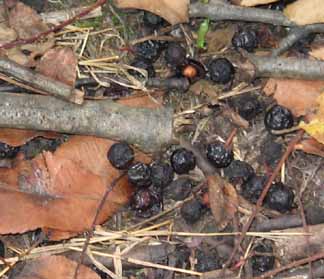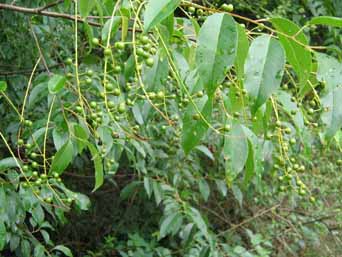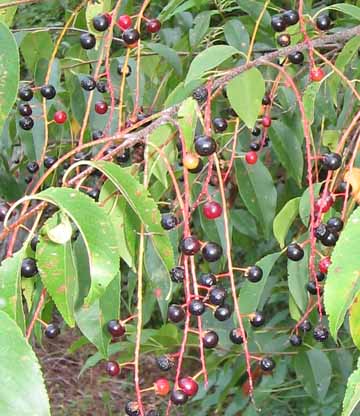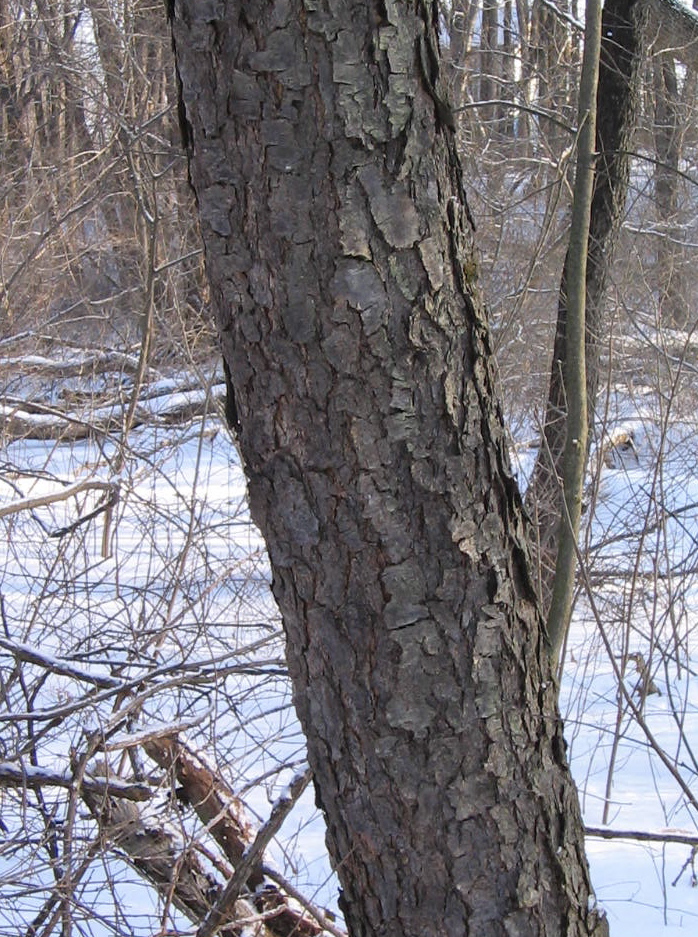Plants and People Project
Black Cherry - Prunus serotina
The bark of cherry trees was used by Indians for a cough syrup. It is still used for that today. North American Indian Medicine
People harvested the cherries for jams. They were once called the poor man's cherries. Warning: Bark, leaves, and seeds contain a cyanide-like glycoside toxin. The toxin is most abundant in the bark in the fall. Do not ingest any part of this plant.
The wood is coveted for fine furnture, inlay work and decorative trim woodwork. PA DCNR
These trees grow wild throughout many eastern states. They have been heavily harvested because of their beauty. One day a man came to our back door and asked if he could harvest the 100 year old wild cherries on our property. I told him no. Old hardwoods are essential habitat for many song birds. Additionally, the trees cast a shade all summer that protects my many wildflowers.
Sadly, just a few weeks later a severe wind storm blew down about 15 of our ancient cherries. A few were left standing.
Animals use the trees for shelter and nesting sites to raise their young. Rodents and birds eat the fruits. Insects are attracted to the nectar of the flowers.
It serves as a host
plant for the following butterflies:
Sriped Hairstreak (Satyrium liparops)
Red-spotted Purple (Limenitis arthemis astyanax)
Coral Hairstreak (Satyrium titus)
Spring Azure (Celastrina ladon)
Tiger Swallowtail (Papilio glaucus)
Viceroy (Limenitis archippus) Host
Plants by common name

Dropped cherries litter the ground under a mature tree.
Identification and other facts | More facts
Cherry tree branch laden with unripe fruits

DISCLAIMER: These pages are presented solely as a source of INFORMATION and ENTERTAINMENT. No claims are made for the efficacy of any herb nor for any historical herbal treatment. In no way can the information provided here take the place of the standard, legal, medical practice of any country. Additionally, some of these plants are extremely toxic and should be used only by licensed professionals who have the means to process them properly into appropriate pharmaceuticals. One final note: many plants were used for a wide range of illnesses in the past. Be aware that many of the historical uses have proven to be ineffective for the problems to which they were applied.

